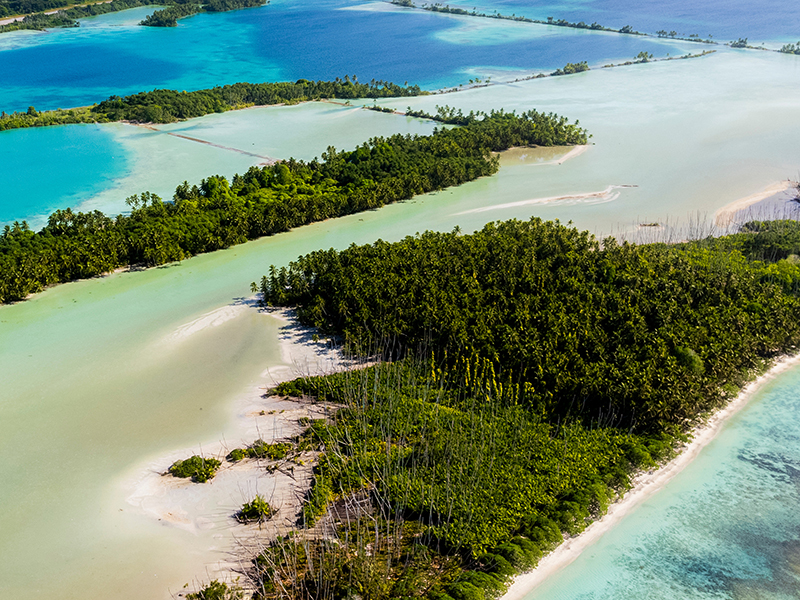Vegetation and climate reconstructions from Palmyra Atoll to assist in developing climate-smart adaptation strategies for lowland plant communities

The goal of this project is to 1) provide managers with information on how lowland coastal plant communities of Palmyra Atoll have changed in response to past climate and sea level; and 2) better characterize ENSO events in the Pacific. To do this, researchers will be collecting sediment cores from Palmyra’s lagoon. This research need was identified by the US Fish and Wildlife Service (USFWS) and is part of a larger project looking at coastal plant community change, climate change, and sea level at USFWS refuges across a wide latitudinal-swath of the Central Pacific, including the NW Hawaiian Islands and the main Hawaiian Islands.
Researchers and USFWS biologists will synthesize the results into a report illustrating the results and how they can be used to inform conservation decisions. The team will also engage local high school teachers to develop curricular materials that merge traditional ecological knowledge of Hawaiʻi (moʻolelo and oli) and the results of this work to elevate the Hawaiian language, traditional ecological knowledge of Hawaiʻi, and climate change awareness.
PROJECT DETAILS
FUNDED:
FY2024
PI:
David Wahl
Research Scientist, Geology, Minerals, Energy and Geophysics Science Center, USGS
Co-Is:
Miriam Jones
Research Geologist, USGS
Kelly Goodale
Wildlife Biologist, US Fish and Wildlife Service

